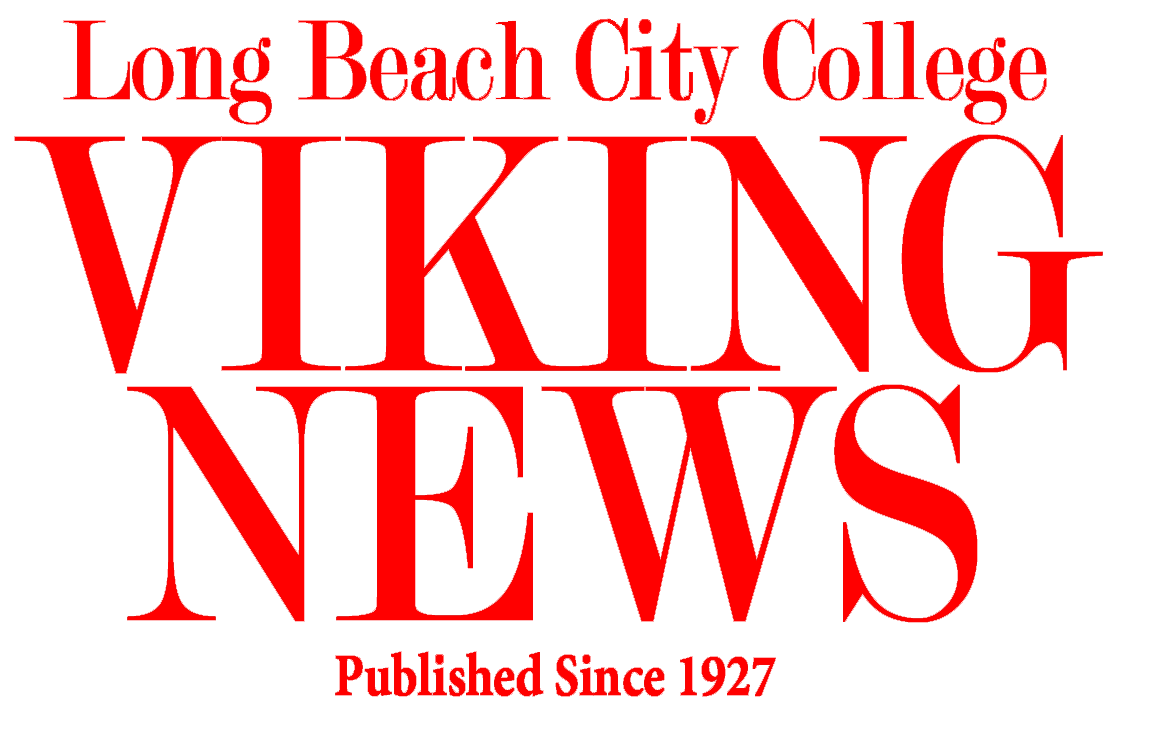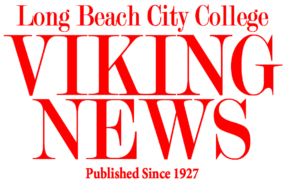This guide will inform you of the basic information you’ll need to get through the pandemic, including government benefits and financial strategies.
The federal government is considering multiple legislation and executive orders in response to the COVID-19 pandemic that has upended society for both the United States and countries across the world.
For employees who experienced reduced hours due to COVID-19, you can file an Unemployment Insurance (UI) claim and get benefits ranging from $40-$450 a week if you’re found eligible.
UI is beneficial because it provides partial wage replacement benefit payments to employees who lose their job or have their hours reduced.
In this case, workers who are momentarily unemployed because of COVID-19 and are scheduled to return within a few weeks are not required to work each week.
However, for each week of benefits received, employees must remain available and ready to work during their unemployment and fulfill all other eligibility requirements.
The California Department of Education and the United States Department of Agriculture has approved a waiver to establish a non-congregate meal service during closures to help children who remain dependent on school for their daily meals.
Pandemic EBT (P-EBT) works as an effective solution in helping children overcome the obstacles that could prevent them from making use of the waiver.
P-EBT is a solution that provides nutritional assistance on an EBT card that can be used to purchase groceries for families of school children who are eligible for free or reduced-price lunches and are enrolled in a school that is closed for at least five consecutive days due to COVID-19.
The State offers families with children who are eligible for free or subsidized meals a pre-loaded EBT card in the mail for each eligible child in a sum no less than the value of school lunch and breakfast depending on how long their school will be closed.
These EBT cards with pre-loaded food benefits could be used everywhere that SNAP EBT is used. The waiver will continue through June 30, 2020. Click here for more information about P-EBT.
WIC is the Special Supplemental Nutrition Program for Women, Infants, and Children. It’s a federal program for low-income women with children under 5 years old.
WIC usually covers eggs, milk, fortified foods, peanut butter, beans, tofu, fruits, vegetables, canned fish and more. Women who don’t breastfeed are able to receive iron-fortified infant formula. People may also use WIC assistance to buy fresh produce at participating farmers’ markets.
To qualify, people must be pregnant or postpartum and breastfeeding, meet income guidelines that fall at 185% of the U.S. Poverty Income Guidelines and be evaluated to be at nutritional risk by a health professional.
State residency requirements must also be met for consideration of qualification for the WIC programs.
With almost all districts shut down to prevent the spread of COVID-19, officials throughout the state put in place plans to provide “grab and go” meals with minimal interaction between workers at the cafeteria, volunteers and struggling families.
A vast variety of school districts affected during this pandemic include local cities such as Long Beach, Downey, Bellflower, Los Angeles, Compton and Torrance. Click here for more “grab and go” locations.
The White House and Senate Republicans announced plans to send cash payments directly to Americans, as part of a $1 trillion stimulus package, to cover missed earnings during the next two weeks.
The proposal will include a $1,000 check for each adult American, plus another $500 for each child.
The plan involves $500 billion on April 6 and May 16, for two waves of cash payments to taxpayers that will differ by household income and size.


